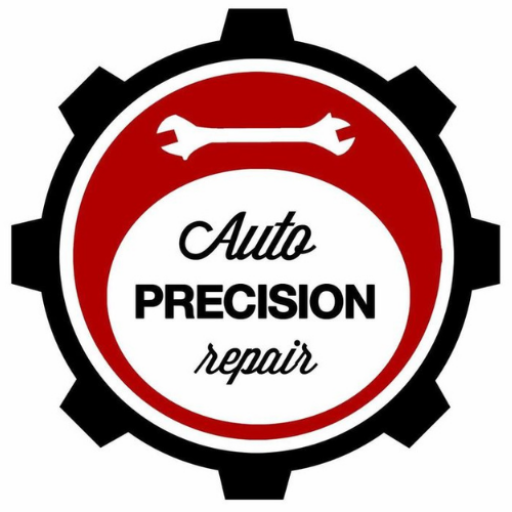The Ultimate Handbook on Brake Component Restoration

Mastering the Art of Brake Maintenance: A Comprehensive Guide
February 8, 2024
Maximizing Your Vehicle’s Health Car Preventive Maintenance Through Fluid Management
March 4, 2024In the realm of automotive restoration, meticulous attention to brake components stands as a paramount concern, both for safety and performance. The complexity of these systems, with their intricate assembly of rotors, calipers, pads, and hydraulic mechanisms, demand a comprehensive and detailed guide for their successful and safe rejuvenation. “The Ultimate Handbook on Brake Component Restoration” serves to fulfill this demand, providing an exhaustive exploration of brake repair system anatomy, coupled with a precise, step-by-step restoration guide that caters to both novice enthusiasts and seasoned professionals. As we unfurl the wealth of information within this handbook, you will find yourself equipped with the knowledge and confidence to tackle brake restoration projects, irrespective of their complexity. The road ahead promises to be an enlightening journey, revealing the hidden intricacies of brake component restoration.
Understanding Brake Component Anatomy
In order to fully comprehend the intricacies of brake component restoration, it is imperative to first delve into the fundamental anatomy of brake components, identifying and understanding each individual part and its specific function within the system. The brake system comprises several integral parts, including the brake pedal, master cylinder, brake lines, brake caliper, brake pads, and brake rotor. Each of these components plays a crucial role in ensuring the vehicle’s safety and performance. The brake pedal initiates the process, the master cylinder generates hydraulic pressure, the brake lines transmit this pressure, and the brake caliper, pads, and rotor work in unison to create the necessary friction to stop the vehicle. Understanding these components is the first step in mastering brake restoration.
Step-by-Step Brake Restoration Guide
Embarking on the journey of brake restoration, it is crucial to follow a systematic, step-by-step guide to ensure precision, safety, and optimal performance of the brake system. Firstly, meticulously inspect all brake components for signs of wear and tear. Secondly, remove and safely store the brake caliper, followed by the brake rotor. Thirdly, clean all components with a brake cleaner, ensuring no residue remains. Fourthly, replace all worn out parts, such as brake pads, rotors, and calipers with new, high-quality ones. Finally, reassemble the brake system, ensuring each component is correctly positioned and secured. Regular brake maintenance, coupled with this restoration process, will ensure your vehicle’s braking system functions at peak efficiency.
Conclusion
In conclusion, understanding the anatomy of brake components and following a meticulous restoration guide can ensure the optimized function of these essential vehicular components. Through this comprehensive manual, one can visualize and execute the necessary steps for brake reapir , thereby ensuring safety and longevity of their vehicles. Such knowledge is not only vital for auto enthusiasts, but also for any individual seeking to maintain their vehicle in its prime condition.






